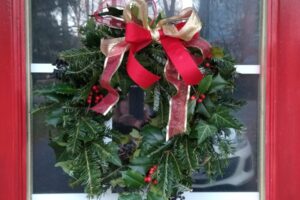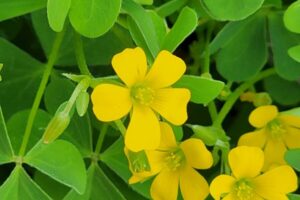The Understory – Sept. 26, 2024
September 26, 2024 - *This is the web version of our first “The Understory” newsletter which was mailed out on Sept. 26. Get future editions of The Understory delivered to your inbox here. Welcome to “The Understory!” The Virginia Department of Forestry (DOF) is launching this newsletter to connect with forest landowners and all who love forests. Here we’ll share news, services, assistance programs and more. You’re receiving this newsletter because you previously signed... Read More










